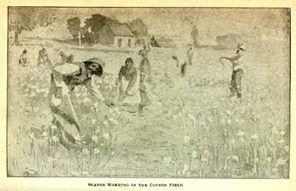 So, so interesting, folks! There are three components: the text, the composer, and the dedicatee.
So, so interesting, folks! There are three components: the text, the composer, and the dedicatee.
First, the text, a psalm from the Jewish Bible/Christian Old Testament that celebrates God’s omniscience and omnipresence. I have been fascinated with the way the composer, Will Baily, used just a few lines from this psalm. Familiar as I am with the passage, I had never really thought about the specific meanings of some of the words. Working on the song has made me look a little more closely. For instance, what are the “wings of the morning”? Honestly, that question had never occurred to me before. Most commentators say that they’re the sunbeams that stream up from the horizon as the sun rises; indeed, a number of translations use the phrase “wings of the dawn.” Those wings are going to take the speaker to “the farthest sea” or, in many versions, “the uttermost parts of the sea.” There’s a rich visual here: the sun rises in the east; the sea (which for the ancient Israelites would be what we call the Mediterranean Sea) is to the west. So the imagery has the speaker flying, literally, at the speed of light from the east horizon at dawn as far west as the eye can see, but God is there before him. And if the speaker feels overwhelmed by the darkness, he can be reassured that it is no barrier for God. I was reminded of a phrase from the Christian New Testament: “God is light; in him there is no darkness at all.” (I John 1:5 NIV)


 This is one of those posts in which I could go on and on and on. I could talk about the original novel Candide by the 18th-century French satirist Voltaire, or the character of Candide in the novel, or the musical in its many iterations overseen by Leonard Bernstein, from which our selection is taken. I’ll try to hit each of these areas just a little.
This is one of those posts in which I could go on and on and on. I could talk about the original novel Candide by the 18th-century French satirist Voltaire, or the character of Candide in the novel, or the musical in its many iterations overseen by Leonard Bernstein, from which our selection is taken. I’ll try to hit each of these areas just a little.





